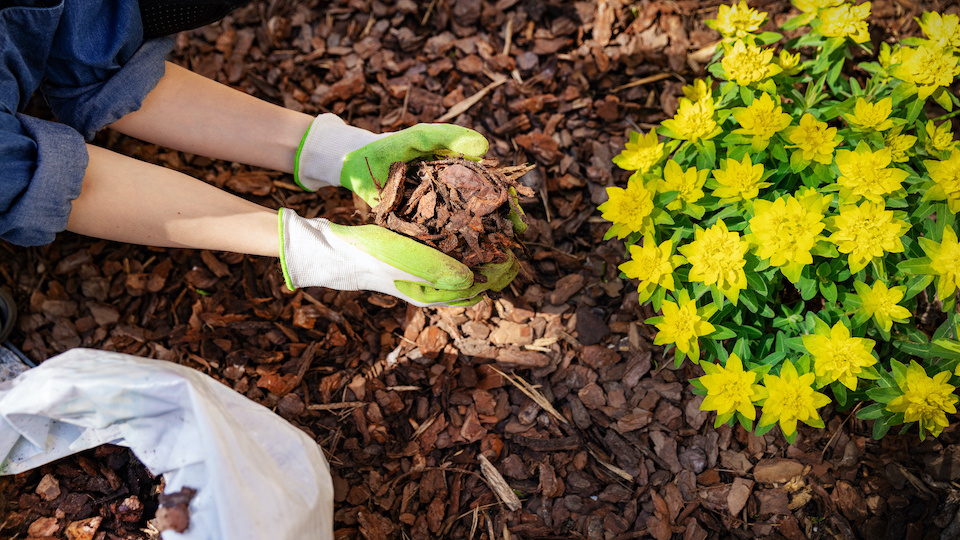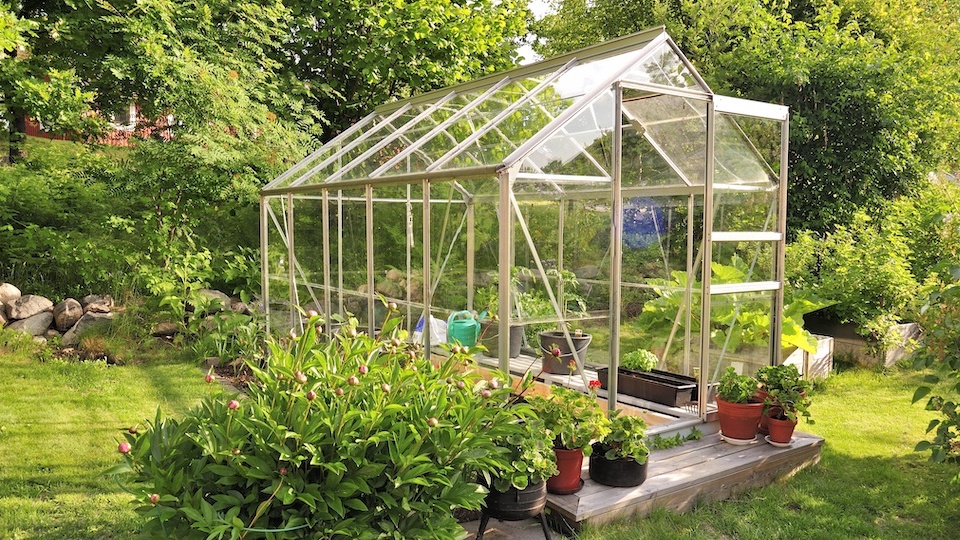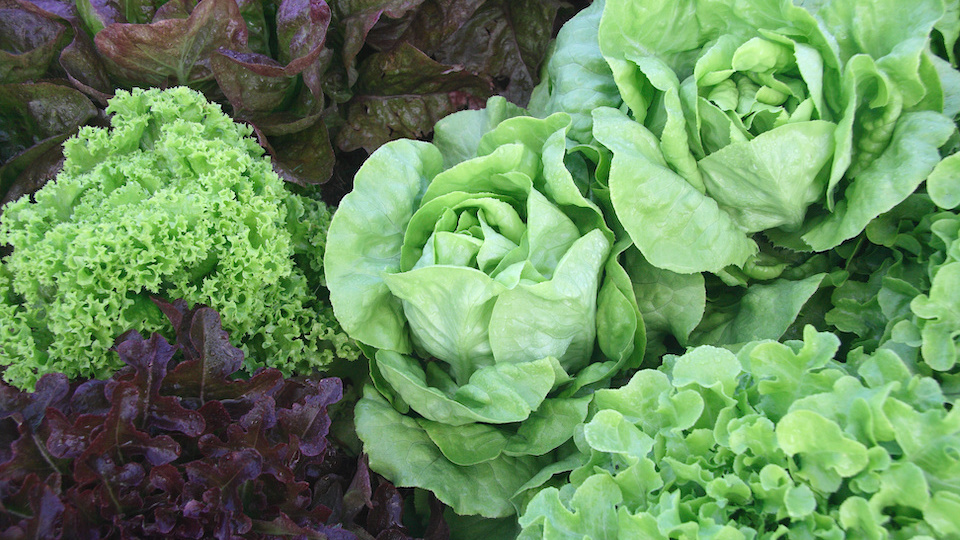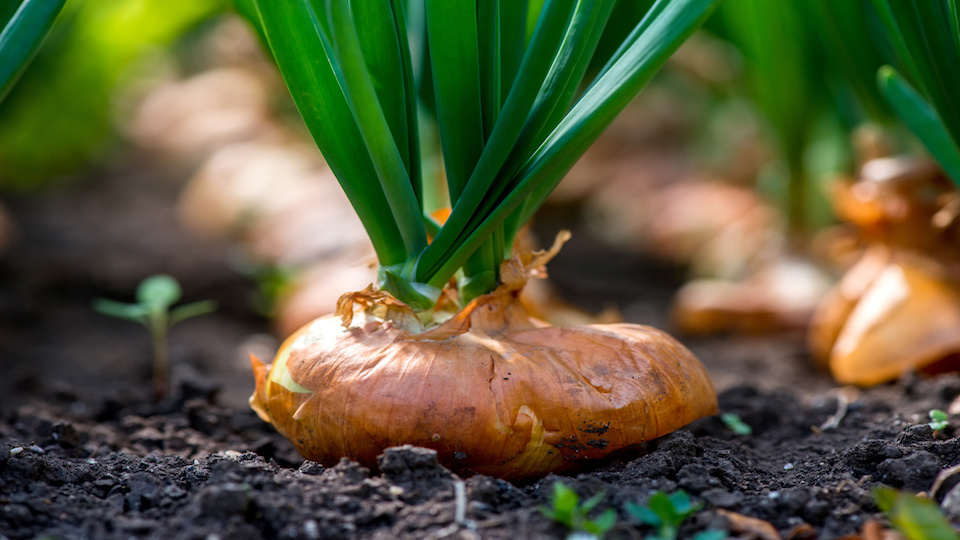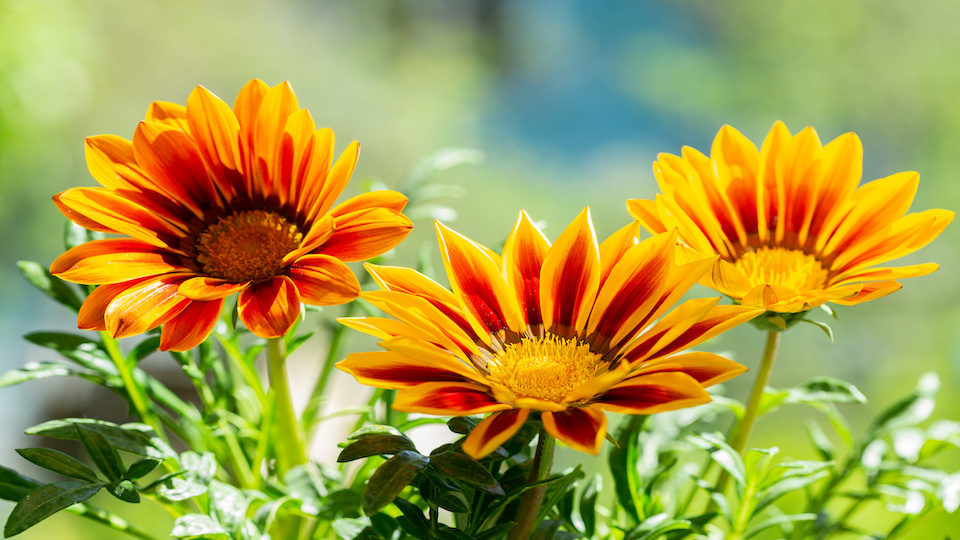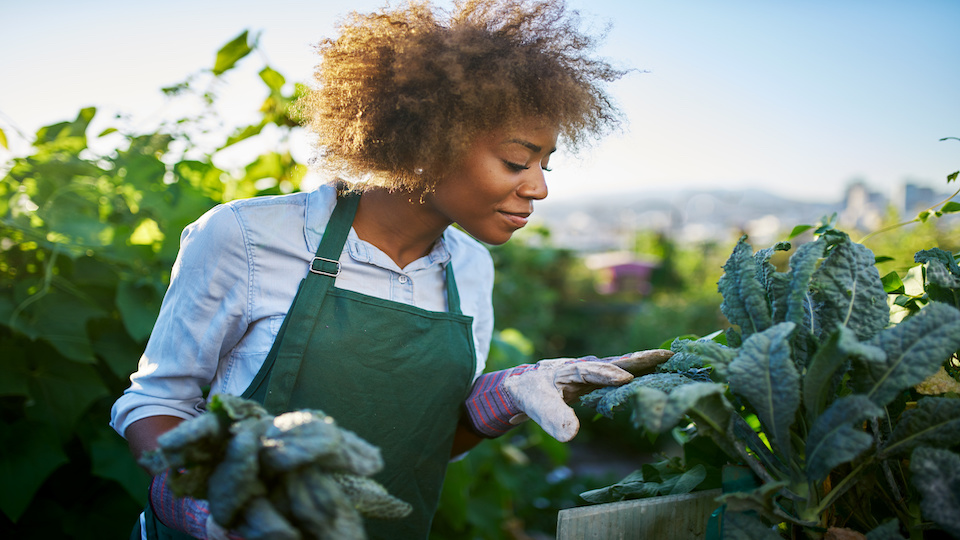Late Summer Tips to Keep Your Flower Garden Looking Great
July and August are months when you should be enjoying the fruits of your labor in your flower garden. Unfortunately, high summer temperatures and drought conditions sometimes bring a premature end to your garden’s beauty. Fortunately, there are some key things that you can do now, in the heat of summer to renew your flower garden’s vigor.


